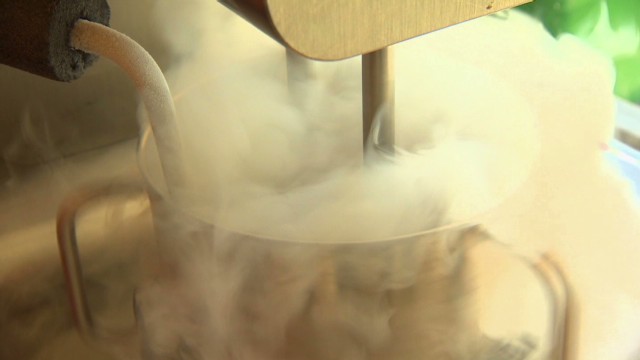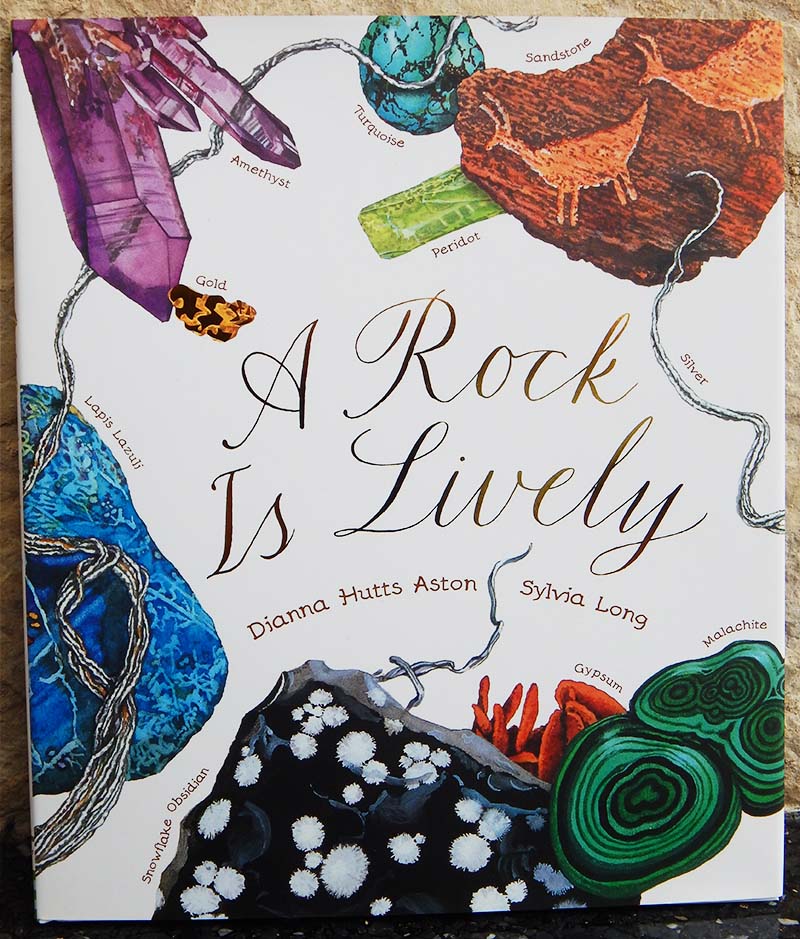Science Methods has come to a close and I can definitely say that it has been a tough but rewarding journey. This is the second semester I have taken a course with Dr. Smirnova and I have found both equally helpful in preparing me for my future classroom as well as student teaching. In this course in particular I learned of even more interactive websites then I knew of before. My favorite one of these websites is Tiki Toki where my peers and I created a timeline about space. My favorite part about this website was that it allowed for me to put a picture of space in the background then present the timeline in 3D so it looked as if you were actually traveling in time through pace.
Besides the different tools I learned throughout this course, I also learned an abundance of information regarding the field of science. Thanks to different projects my peers and I had to complete I learned about climate change, freshwaters, the layers of the atmosphere, different discoveries regarding space, facts about the planets, and much more. Most importantly, thanks to fieldwork, I fell as though I am an expert on the topic of rocks. I work for the Bishop Dunn extension program where I help fifth and sixth graders with homework after school and found myself helping the fifth graders with their homework about rocks since I learned so much.
I practiced multiple skills in this course that I will take with me for years to come. I practiced my presentation skills as well as working together with my peers, two skills that are crucial in any field. I am sad to see this course come to an end but I am student teaching in the Fall and thanks to this course, I feel even more prepared!






